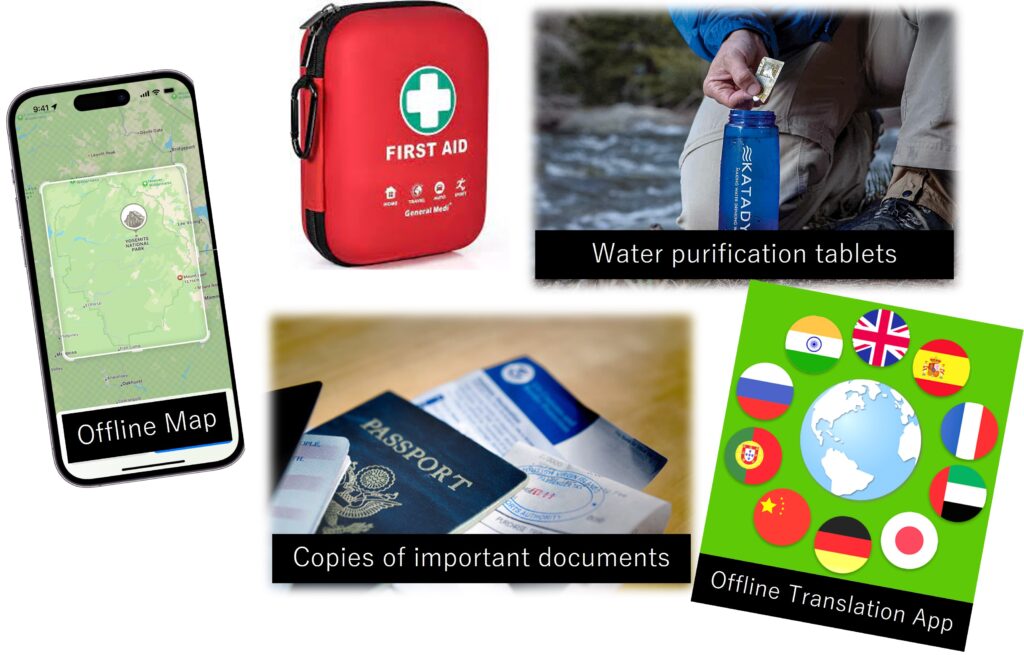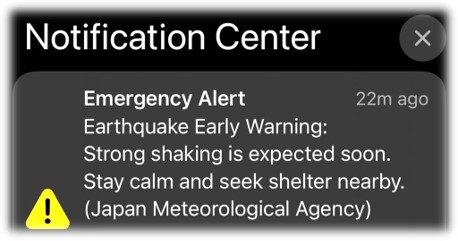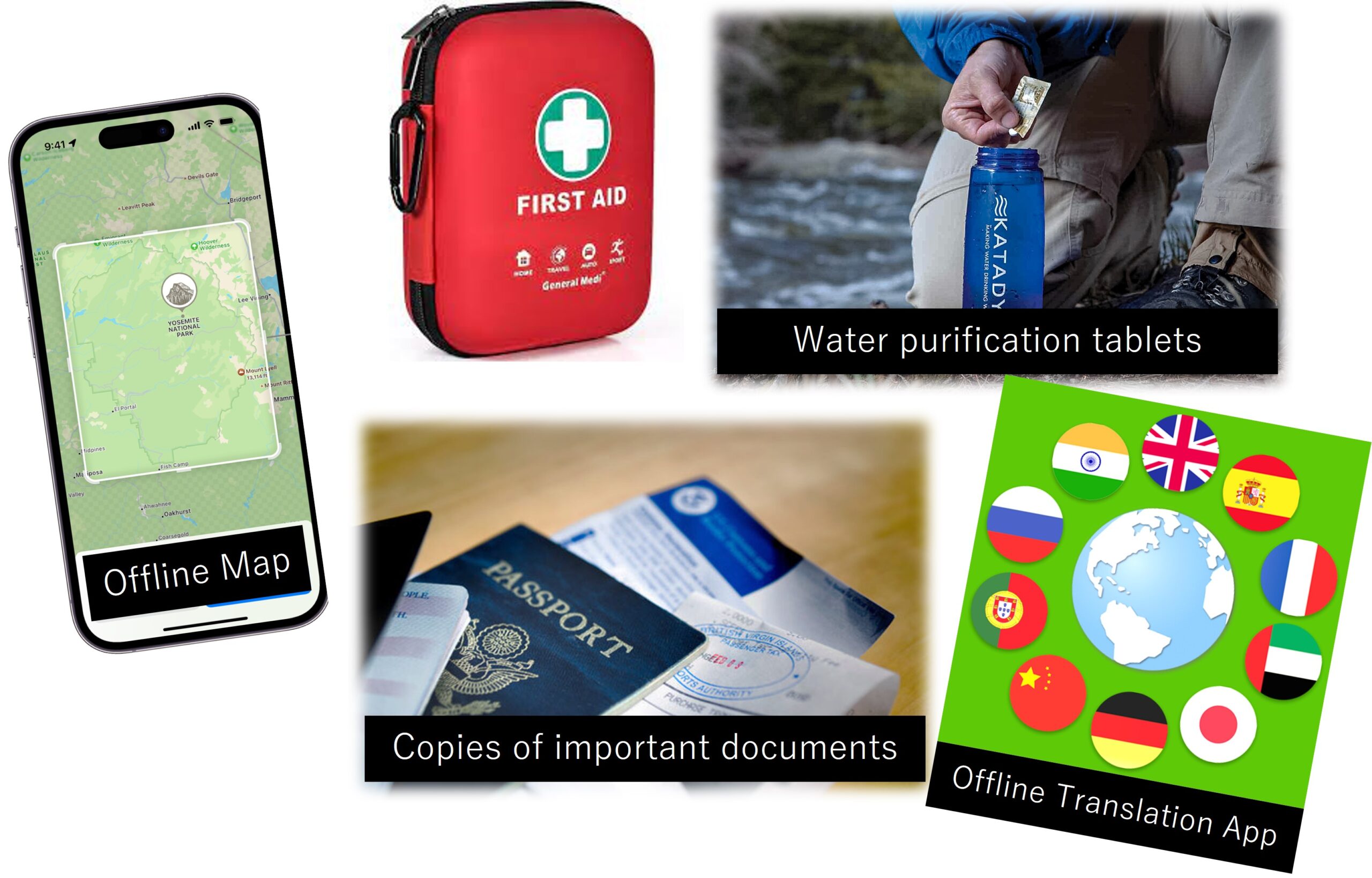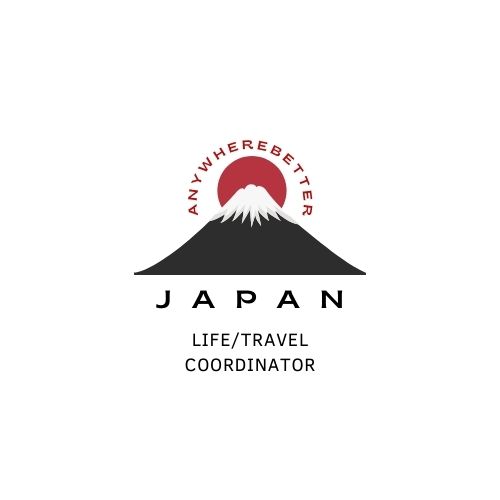- Why Japan Shakes So Much: A Look at the Dancing Plates
- 3 Things You Should Do Before You Go To Japan (RPA)
- How to protect yourself during an earthquake (IO)
- What should we do after earthquake
- Evacuation shelters and emergency facilities
- Bonus Tips (Japanese phrases)
- Social Links
- Hidden Hacks For Save Your Travel Costs
Traveling to Japan is super exciting! However, you might worry about earthquakes. Don’t stress, though.
Let’s talk about how to stay safe and enjoy your trip with confidence. No need to be scared – we’ll check out some important safety tips for earthquakes in Japan!
If you don’t know the accurate information and go to Japan, your loved ones’ lives could be in danger.
There is no need to worry too much, but you must know the facts as they are.
This can be said to be a guide that all loved ones who travel or live in Japan must know.
Why Japan Shakes So Much: A Look at the Dancing Plates
Japan: land of cherry blossoms, ancient temples, and bullet trains… and, yes, sometimes a little shake, rattle, and roll.
But don’t let earthquakes put your travel plans on hold! With a bit of know-how, you can turn those tremors into an exciting part of your adventure.
We will do our best to overcome this challenge. Let’s check what we need to know and do.

Japan sits right in the middle of this ring, where four major plates meet and clash.
When they rub, slide, or dive under each other, it releases energy as earthquakes.
The Ring of Fire in the Pacific Ocean goes even beyond what this map shows.
In Antarctica, there are volcanoes, like Mount Erebus, which is the southernmost volcano on Earth, completing the Ring of Fire. The Ring of Fire also includes ocean trenches.
Japan’s Jigsaw Puzzle
Japan is like a puzzle with pieces that move! It sits on top of giant slabs of rock called tectonic plates.
These plates are always pushing and bumping into each other, making Japan one of the shakiest places on Earth.
The Ring of Fire
Imagine a fiery ring around the Pacific Ocean. That’s the Ring of Fire, home to most of the world’s earthquakes and volcanoes.
And Japan sits right in the middle of this ring, where four major plates meet and clash.
Plates on a Dance Floor (Reason Earthquakes Occur)
The Pacific Plate, the Eurasian Plate, the Philippine Sea Plate, and the Okhotsk Plate all dance around Japan.
Imagine these plates as giant puzzle pieces that are always shifting but very slowly.
Sometimes, these plates get stuck or rub against each other at places called fault lines. When this happens, stress builds up.
Eventually, all that stress is released, and it makes the ground shake – that’s an earthquake!
The shaking starts underground at a spot called the focus, and right above it on the Earth’s surface is the epicenter.
How big or how much an earthquake affects an area depends on a few things, like how deep it is, how the plates move, and what the ground is like in that place.
●Save Your Travel Budget: 15% Off Coupon no. Jeami15

Mount Fuji: Volcanic cones are majestic, cone-shaped mountains built from layers of lava, ash, and rock spewed during eruptions.
These fiery giants rise with steep-sided mounds around a central vent, like Mount Fuji, a snow-capped icon soaring above Japan’s landscape.
3 Things You Should Do Before You Go To Japan (RPA)
Research / Pack Smart / Apps
Before traveling to Japan, there are three things you should do in advance. Remember, nobody else can save your life, so make sure to prepare yourself first.
- Research
Identify earthquake-prone areas like Tokyo and coastal regions.
Check the Japan Meteorological Agency website: https://www.jma.go.jp/jma/indexe.html
for current advisories and preparedness information.

Check the latest Tsunami Warning map for updates.

- Pack Smart (5 things)
Include a portable first-aid kit, water purification tablets, and important documents (copies!).
Download offline maps and translation apps for reliable communication.
– First Aid
– Water Purification Tables
– Copies of your Important Documents (Passport etc.)
– Offline Map: How to download maps to use offline on your iPhone
– Offline Translation App: Japanese Translator Offline iPhone App

For save your cost: Check it out!
- Apps
Install disaster alert apps like “Yurekuru Call” and “Safety Tips Japan” for real-time updates and instructions in English.
●Save Your Travel Budget: 15% Off Coupon no. Jeami15

How to protect yourself during an earthquake (IO)
Indoor / Outdoor
Japan gets a lot of earthquakes. Most buildings here are made to be safe during them. But if there’s a big earthquake and you’re scared, here’s what you should do.
Indoor

➤Drop! Take immediate cover under a sturdy table, desk, or similar object.
➤Move away! Avoid furniture or glass that could topple over and cause injury.
➤Stay inside! Resist the urge to rush outside before the shaking stops.

Drop, Cover, and Hold
Remember this golden rule! Find sturdy shelter indoors (bathroom doorways, under desks) or outdoors (open spaces away from buildings and power lines).
Stay low, cover your head and neck, and hold on for dear life.
Outdoor

➤Shield your head! Use a bag, thick book, or your forearm to protect yourself from falling debris.
➤Clear the danger zone! Move away from walls and buildings, especially those made of concrete blocks. Watch out for falling hazards like bricks, glass, and signs.
Tsunami Ready: Move Fast! Do not Wait!
Be aware of coastal evacuation routes marked with signs. If you feel strong tremors near the coast, head uphill without waiting for an official warning.

●Save Travel Budget: Hotels, AirBnB, Hostels up to 40% OFF
Warning Alarm
You get notified with a special warning sound through the methods listed on the right.
Earthquake early warnings let you know when an earthquake with a strong shake (intensity 5 or more) is expected.
This map also tell you the names of earthquakes predicted to be intense (intensity 4 or more) before the shaking starts.

How People Feel Earthquakes / What People Do / What Happens Outside

The image depicts a scale of seismic intensity, likely the JMA Seismic Intensity Scale used in Japan.
It ranges from 4 to 7, with higher levels indicating stronger shaking and greater potential for damage.
–4 Lower: People may feel slight tremors when standing still, similar to a passing truck. Hanging objects like lamps might swing slightly.
–4 Upper: Tremors become more noticeable, making walking around slightly difficult. Dishes in cupboards might rattle.
–5 Lower: Many people feel tremors while walking, and it becomes difficult to walk without holding onto something for support. Hanging objects swing significantly.
–5 Upper: Most people are startled and feel the need to hold on due to the strong tremors. Unstable objects may fall, and some damage to buildings could occur.
–6 Lower: Walking becomes difficult or impossible without holding on. People may feel thrown off balance.
–6 Upper & 7: It becomes impossible to stand or walk. Severe damage to buildings and infrastructure is likely.
What should we do after earthquake
Take a good look around you, and if anything seems off, stay calm and think about what to do. Whether you’re at home, school, or outside, it’s important to stay safe.
After the shaking stops, be cautious about things that could have been moved or broken.
If you’re near the coast and there’s an earthquake, move to higher ground quickly, as there might be a tsunami.
Stay informed by listening to the radio or checking your phone for updates.
Remember, staying calm is key in any situation. If you’re not sure what to do, ask someone you trust for help.

Personal Safety Check
Physical Condition: After an earthquake, it’s crucial to assess your own physical condition. Check yourself for injuries and prioritize addressing any immediate medical needs.
Safe Location
Move to a safe location to avoid further harm. This might involve getting out of a damaged building or finding shelter in an open area away from potential hazards.
Assisting Others:
Family and Friends
Once you’ve ensured your own safety, check on the well-being of your immediate family members. Help them if they are injured or need assistance.
Inform family and friends about your safety and whereabouts if possible. Reassure them of your well-being.
Neighbors and Community
Extend your assistance to neighbors and others in your immediate vicinity. Look out for vulnerable individuals, such as the elderly or those with disabilities.
Emergency Services
If someone is seriously injured, or if there are significant property damages, contact emergency services promptly to report the situation.
Evacuation and Safe Zones
Be aware of any evacuation plans or safe zones in your community. Follow official guidance on evacuation if required.
Utilize community resources and support services that may be available after an earthquake.
Battery-Powered Devices
In case of power outages, use battery-powered devices like radios or cell phones to stay informed about the situation and receive updates.
Emergency Alerts & Stress and Anxiety
Pay attention to emergency alerts and notifications from local authorities.
Understand that earthquakes can be traumatic events. Be mindful of your mental health and seek support if you are experiencing stress or anxiety.
Evacuation shelters and emergency facilities
Don’t wait until disaster strikes. Discover why locating shelters and emergency facilities is crucial for safeguarding yourself and navigating crisis situations.
When the ground shakes, the wind howls, or floodwaters rise, knowing where to find safe haven and essential resources becomes paramount.
That’s where shelters and emergency facilities step in, offering more than just a roof over your head during chaos.

- Safety Haven
Imagine a wild storm, stuff flying around, power lines snapping.
Shelters are like a shield, protecting you from dangers like falling things, floods, and fires.
They’re your safe spot, keeping you physically safe until the chaos settles. - Info Center
Shelters are not just walls; they’re like buzzing information centers.
Inside, you get crucial updates – the latest on what’s happening, evacuation plans, resources available, and contacts for help.
This info helps you make smart choices and handle the crisis with confidence. - Support Team
In emergencies, it’s not just about staying physically safe; it’s also about how you feel.
Emergency spots have pros like doctors and rescue teams.
They work hard to make sure everyone is safe.
These helpers are your support crew, making sure you get what you need when you need it most.
Bonus Tips (Japanese phrases)
- Learn basic Japanese phrases like “jishin desu!” (earthquake!) and “tasukete kudasai!” (help me!).
- Consider earthquake insurance for added peace of mind.
Earthquakes are a reality in Japan, but preparing makes a world of difference. By following these simple tips, your Japanese adventure into an unforgettable journey.
Social Links
Hidden Hacks For Save Your Travel Costs
●Flights: Best/Lowest/High Recommended











One thought on “Japan Earthquake Safety: What You Must Know”